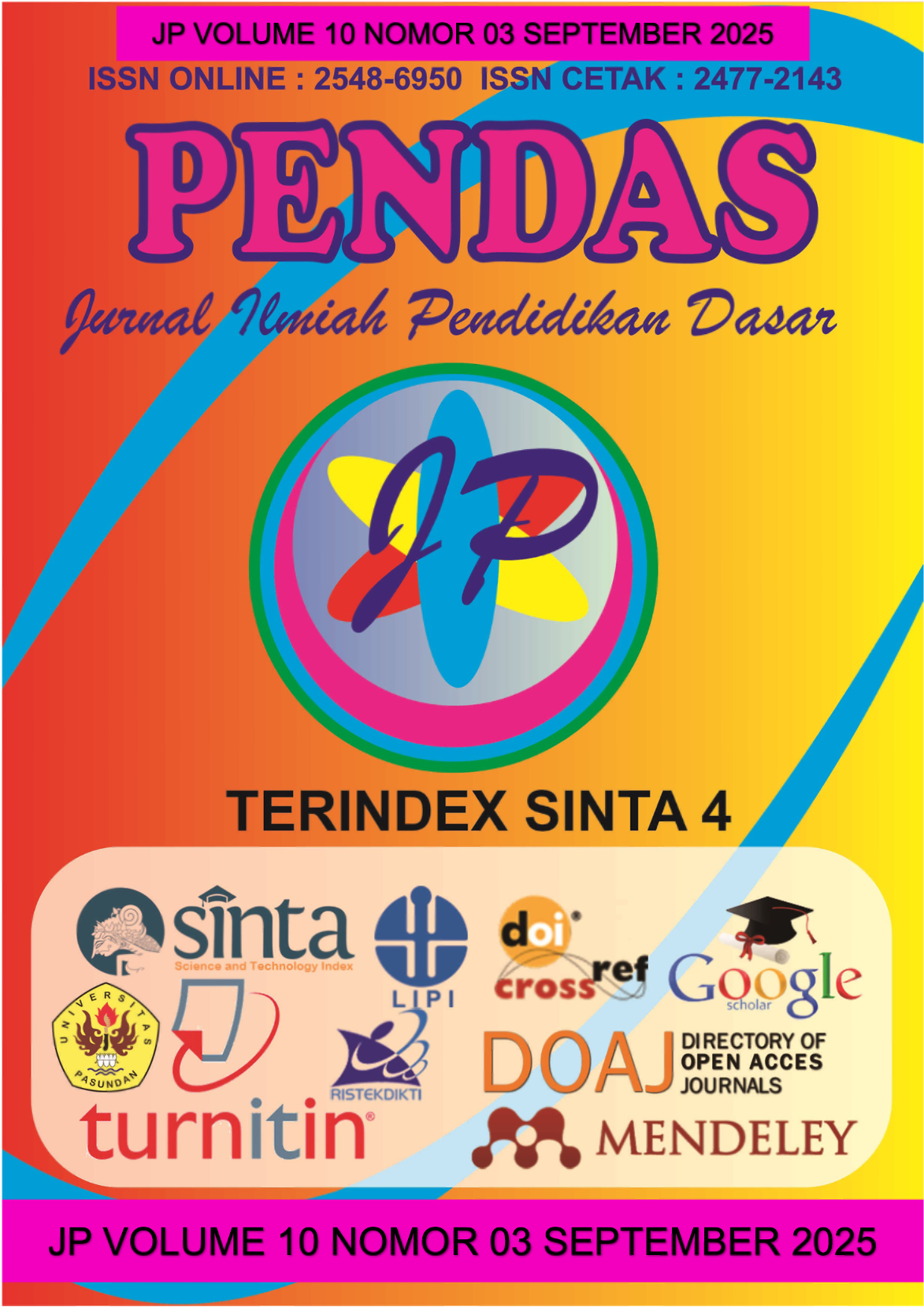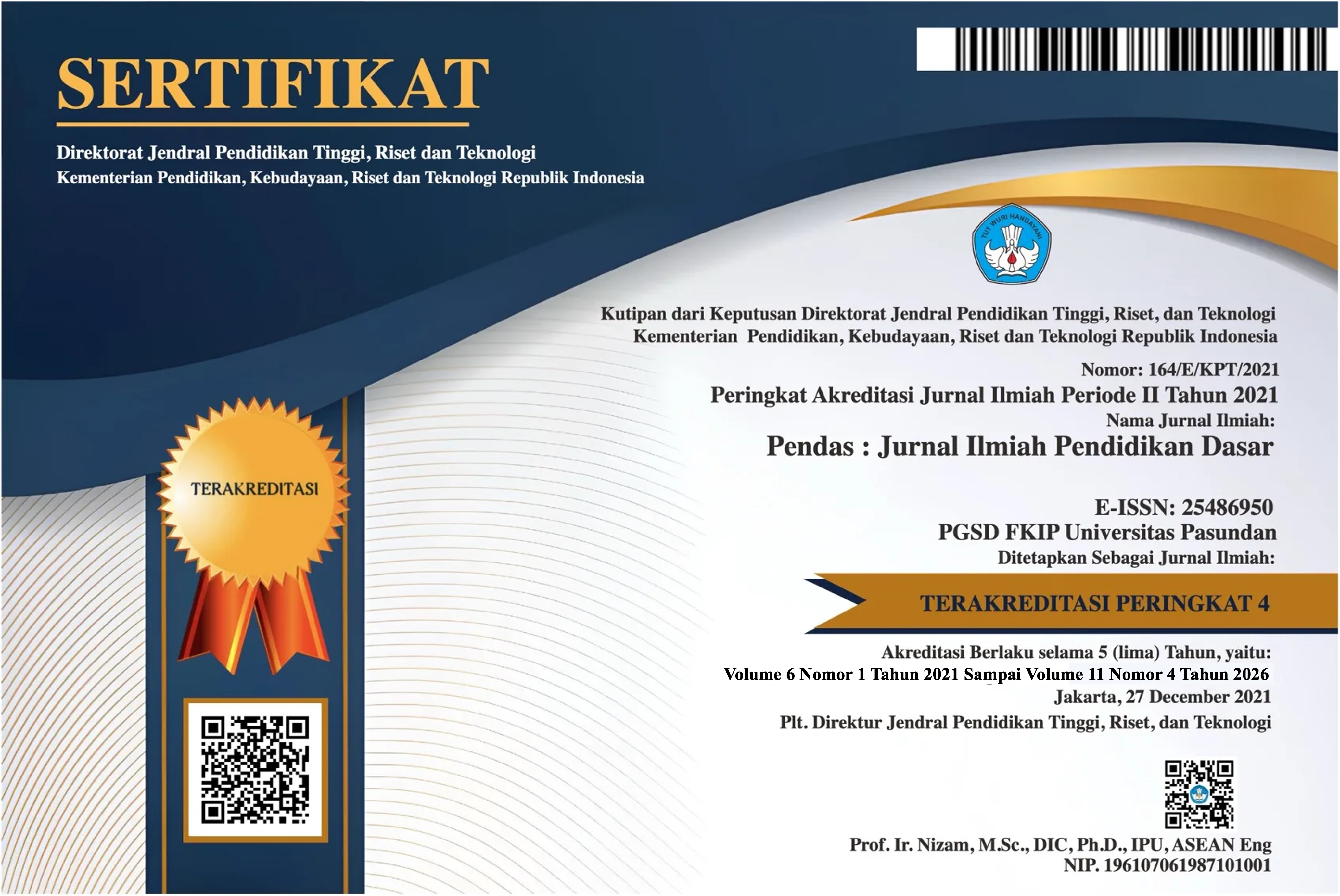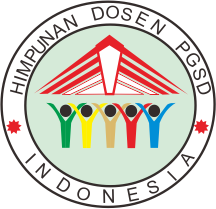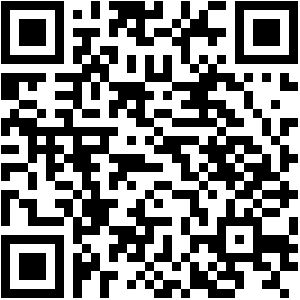PENERAPAN MODEL CHILDRENT LEARNING IN SCIENCE (CLIS) BERBANTUAN CANVA UNTUK MENINGKATKAN KEMAMPUAN KOLABORASI SISWA KELAS V SD
DOI:
https://doi.org/10.23969/jp.v10i03.31715Keywords:
CLIS model, collaboration skills, canvaAbstract
his study is about the Canva-assisted Children Learning In Science (CLIS) model
in improving collaboration skills among fifth grade students. This study was
motivated by the need to integrate innovative pedagogical strategies that not only
improve the understanding of scientific concepts but also foster collaboration skills
needed in 21st century learning. This study used a quantitative descriptive method
with a pre-experimental design involving a pretest and post-test structure, involving
30 students in fifth grade. Data collection techniques were carried out through the
test and observation process during the learning process. The findings show that
the use of the Canva-assisted CLIS model significantly improves students'
collaboration skills. The data obtained will be analyzed using SPSS software to see
cognitive changes and the development of students' collaboration skills. Analysis of
the quantitative data results revealed that students showed significant progress in
collaboration, as reflected in group activities and student project results. These
results underscore the importance of integrating digital tools in educational
environments to enhance collaborative learning, indicating that the Canva-assisted
CLIS framework serves as an effective means to prepare students for collaborative
challenges in learning environments.
Downloads
References
Issues (SSI)-based Electronic
Student Worksheets for Improving
Scientific Literacy and
Collaboration Skills. In ICOPE
2020: Proceedings of the 2nd
International Conference on
Progressive Education, ICOPE
2020, 16-17 October 2020,
Universitas Lampung, Bandar
Lampung, Indonesia (p. 53).
European Alliance for Innovation.
http://dx.doi.org/10.4108/eai.16-10-
2020.2305240
Rochmawati, U., & Muslim, A. (2022).
Penerapan Model CLIS (Children
Learning in Science) untuk
Meningkatkan Keterampilan
Proses Sains Siswa Kelas IV SD.
Jurnal Pedagogik Pendidikan
Dasar, 9(2), 67-76.
https://doi.org/10.17509/jppd.v9i2.4
8661
Sugandi, D., Syach, A., & Fadilah, I. N.
(2021). Model Pembelajaran
Children’s Learning in Science
(CLIS) terhadap Kemampuan
Berpikir Kreatif Siswa Pada Mata
Pelajaran IPA. Jurnal Tahsinia,
2(2), 107-113.
Rahmawati, I. S. (2024, December).
SOSIALISASI PENGGUNAAN
CANVA SEBAGAI MEDIA
PEMBELAJARAN UNTUK GURU
DI SDN BABAKANJAWA II. In
Prosiding Seminar Nasional
Pendidikan (Vol. 6, pp. 236-241).
Indahsari, N. D., & Habiddin, H.
(2024). PENERAPAN MODEL
PEMBELAJARAN PROBLEM
BASED LEARNING (PBL) UNTUK
MENINGKATKAN
KETERAMPILAN KOLABORASI
SISWA SMP. Jurnal Pembelajaran,
Bimbingan, dan Pengelolaan
Pendidikan, 4(7), 5-5.
https://doi.org/10.17977/um065.v4.
i7.2024.5
Nurdin, R. A., Kadir, J., Wungubelen,
A. L., Bahri, A., & Masni, M. (2025).
Model Pembelajaran Problem-
Based Learning (PBL) Berbasis
InvestigationBased Scientific
Collaborative (IBSC) untuk
Meningkatkan Keterampilan
Kolaborasi Siswa. Indonesian
Research Journal on Education,
5(1),111-121.
https://doi.org/10.31004/irje.v5i1.18
62
Waruwu, M., Puat, S. N., Utami, P. R.,
Yanti, E., & Rusydiana, M. (2025).
Metode penelitian kuantitatif:
Konsep, jenis, tahapan dan
kelebihan. Jurnal Ilmiah Profesi
Pendidikan, 10(1), 917-932.
https://doi.org/10.29303/jipp.v10i1.
3057
Downloads
Published
Issue
Section
License
Copyright (c) 2025 Pendas : Jurnal Ilmiah Pendidikan Dasar

This work is licensed under a Creative Commons Attribution 4.0 International License.



















